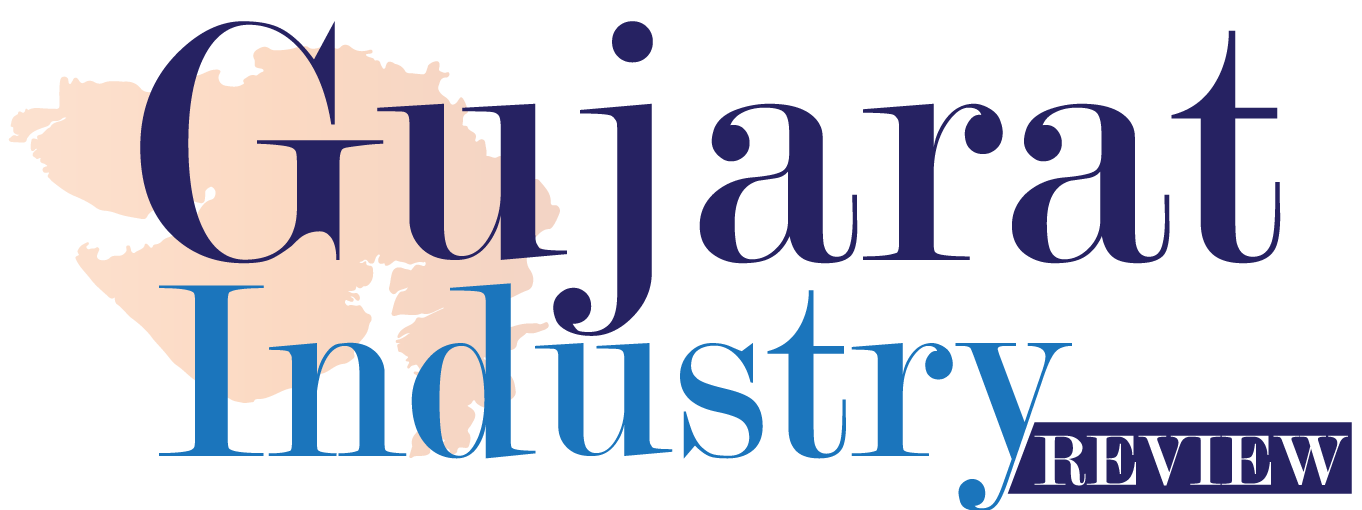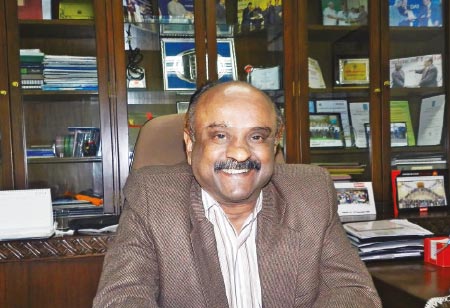The Impact Of Digitization On Textile Manufacturing Operations
Vinod Padmanabhan, Director of Manufacturing Operations, Raymond Ltd.
b)Equipment Maintenance
Critical Machine Operating data like RPM,Vibrations, Operating hours, temperature can be synced to cloud data in real time. This can trigger conditional Maintenance as well as predictive/maintenance for machines.
c)Various machines in Textile
Today’s latest machines, be it Jacquards and Dobby, in weaving come with PLC systems and can share data to various IoT devices for what designs are being run with technical details like pick, thread counts, weft and warp details in turn availability of these data on mobile and tablets pcs to factory managers and product managers. All this is being done in progressive textile mills
"Textile factories which are lean and agile, adapting and reacting to the fast changing consumer demand will be able to survive. Example of Kodak, Nokia are there for all of us. They failed to recognize the need to change and thus fell by the way side."
d)Plant maintenance management:
Condition based maintenance is an effortless task, sensors can be used to increase the effectiveness of maintenance management. Manufacturing equipment is prone to wear and tear. It's also susceptible to specific conditions.
Sensors can monitor temperature, vibrations and other factors that could be leading to less than optimal operational conditions.
e)Inventory management:IoT solutions can also be quite beneficial when it comes to reducing the risk of inventory management errors. It will be effortless to monitor across the supply chain, giving companies a comprehensive view of inventory. Estimates of available materials and supplies are accurate which prevents slow downs.
f)Digital printing
The overall Time to Market for printed textile products have been reduced using digital printing machines, product development visualization of designs on T shirts Shirts Tops, Bed sheets as well as made up curtains. This has also resulted in lower production cost and increased efficiency.
Challenges In Implementing IoT In Textile Industries
Automating entire textile life cycle from production to storage to marketing certainly guarantees a faster time to market. An end-to-end IoT Solution can be developed and deployed to redefine the textile industries.
This Must Address The Following Challenges.
•Getting multiple machine connected requires huge bandwidth.
•Administration and management of voluminous structured and unstructured data
•Compatibility of ERP and Operations Administration & Management System with IoT Service Management Platform
•With huge amounts of data transferred online every second, the biggest challenge to IoT platforms is security and data protection.
Textile factories which are lean and agile, adapting and reacting to the fast changing consumer demand will be able to survive. Example of Kodak Nokia are there for all of us. They failed to recognize the need to change and thus fell by the way side.
Read More
Latest Construction Technology Trends
Flexible Operation Of Thermal Power Plant For Integration Of Renewable Generation




